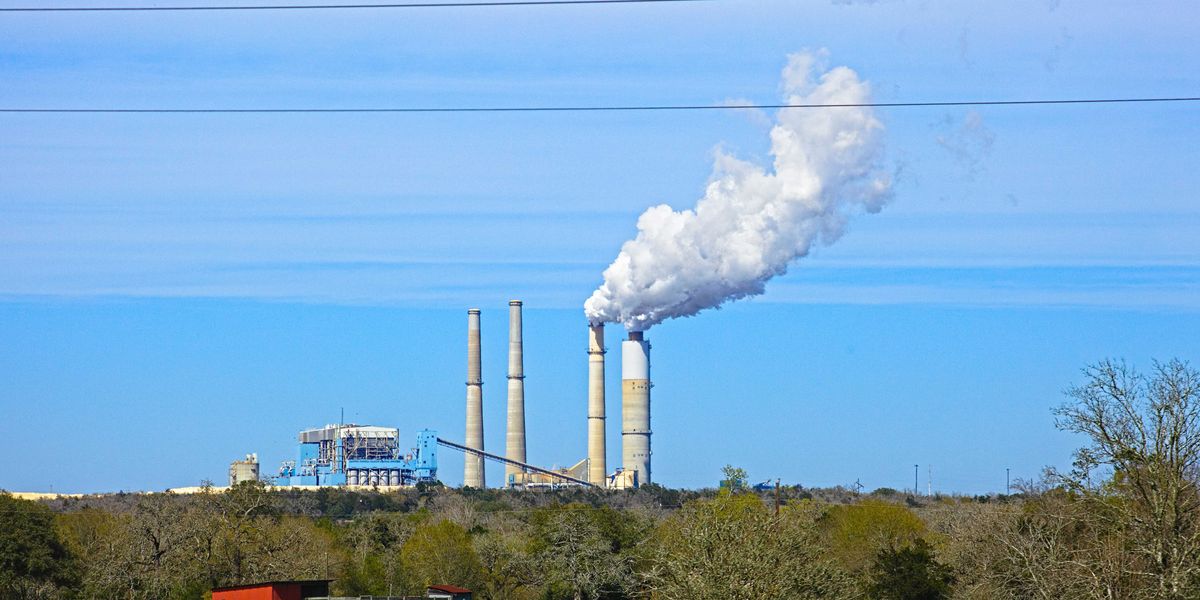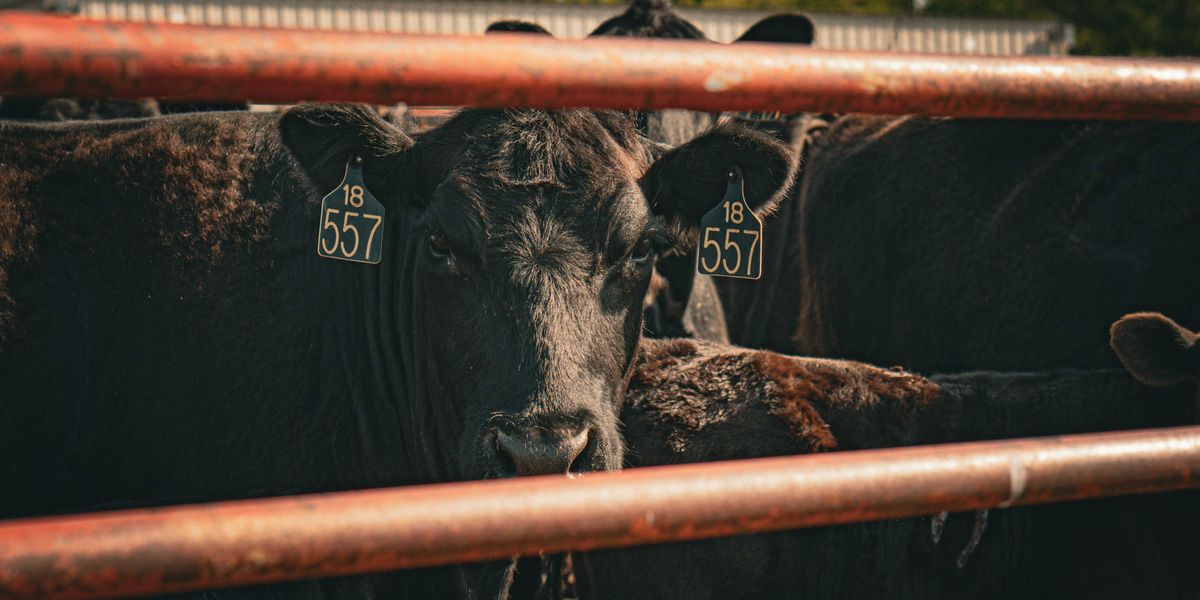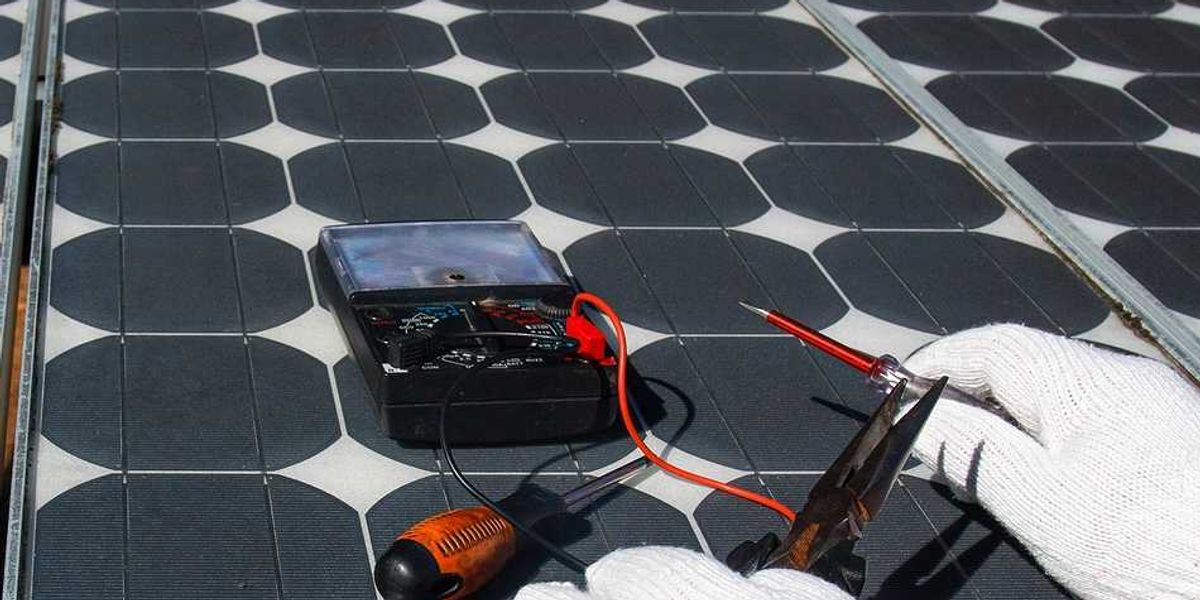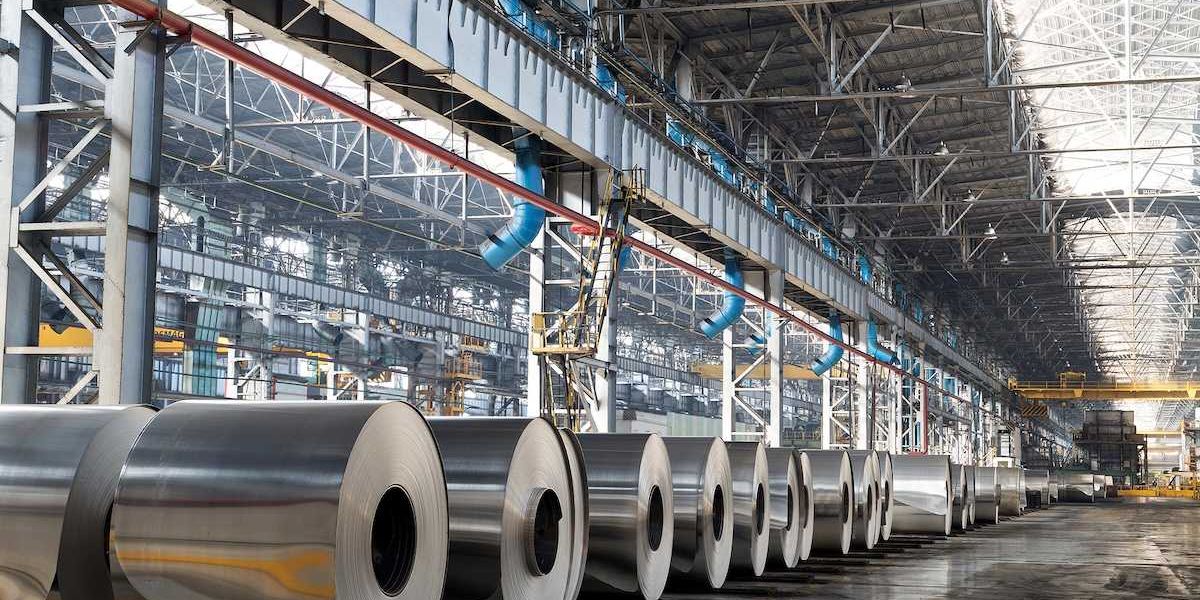New AI tool raises concerns over industry's ability to sow doubt on pollution research
A chemical-industry-backed researcher is using artificial intelligence to question links between pollution and health risks, prompting concern among scientists about bias and regulatory delay.
Dharna Noor reports for The Guardian.
In short:
- Tony Cox, a risk analyst and former Trump adviser, is developing an AI tool funded by the American Chemistry Council to review epidemiological studies, aiming to distinguish correlation from causation in pollution research.
- Critics say the tool may automate longstanding industry tactics that sow doubt about the health risks of pollutants, including fine particulate matter (PM2.5) and chemicals like PFOA, potentially undermining public health protections.
- Emails obtained by the Energy and Policy Institute reveal Cox's close collaboration with industry groups, including Exxon and Chevron, and his repeated efforts to challenge scientific consensus through AI-generated “critical thinking.”
Key quote:
“Science denialism often sounds convincing because it contains some truthiness to it or elements of truth or elements of valid points, but it’s often based on either overemphasis or omission and doesn’t portray a full picture.”
— Chris Frey, associate dean, North Carolina State University College of Engineering
Why this matters:
The use of artificial intelligence to challenge established links between pollution and health risks poses a threat to scientific integrity and public trust. When backed by industry groups with a stake in avoiding regulation, such tools may serve less as neutral evaluators and more as sophisticated vehicles for obfuscation. The tactic mirrors historic efforts by the tobacco and fossil fuel industries to delay policy by casting doubt on scientific evidence. At a time when exposure to air pollutants like PM2.5 and synthetic chemicals such as PFAS and PFOA are linked to chronic illness, undermining research through AI could weaken already insufficient public health protections.
Related:













